SECRETAIRE CABINET IN THE MANNER OF PAUL SORMANI - REF No. 4075
Product Details
H: 49 1/2 in / 125.6 cm ; W: 33 1/4 in / 84.4 cm ; D: 18 in / 45.7 cm
A superb late 19th century French flamed mahogany and Vernis Martin secretaire cabinet in the manner of Paul Sormani Paris. The rectangular top with three quarter balustrade gallery, above a ormolu frieze and a fall front panel door painted with a romantic scene depicting a man and woman against a tree enclosing a fitted interior with red velvet-inset writing surface flanked by bow fronted glass panel doors which open to a shelf interior again with gallery tops. The lower section with a single frieze lockable drawer resting on four taping square legs and ormolu casp toes.
Circa 1890
French
PAUL SORMANI:
Paul Sormani, born in Italy in 1817, dead in 1877, specialized at first in the making of small furniture. He installed 1854 his workshops at the n°114 rue du Temple in Paris. The Sormani company knew then a great success and was much in favour with the Imperial Family as well as with the Paris high society. Empress Eugénie furnished then her palaces in the Louis XV and Louis XVI styles, with some of Sormani’s creations. Presenting his work at all important fairs, such the 1849 Exposition of the Industrial Products or the Universal Exhibitions from 1855 until 1867, Sormani was then honored by jurys for his « production of high standard quality » and won the highest awards. In 1867, by the time of the great Universal Exhibition, Sormani enlarged and transfered his workshops to the n°10 rue Charlot. When Paul Sormani died in 1877, his wife and son took over the business and from this date onwards pieces are normally signed « Veuve Sormani & Fils à Paris ». After World War I, they went into partnership with Thiébaux and the company premises were then installed at n°134 boulevard Haussmann until 1934.
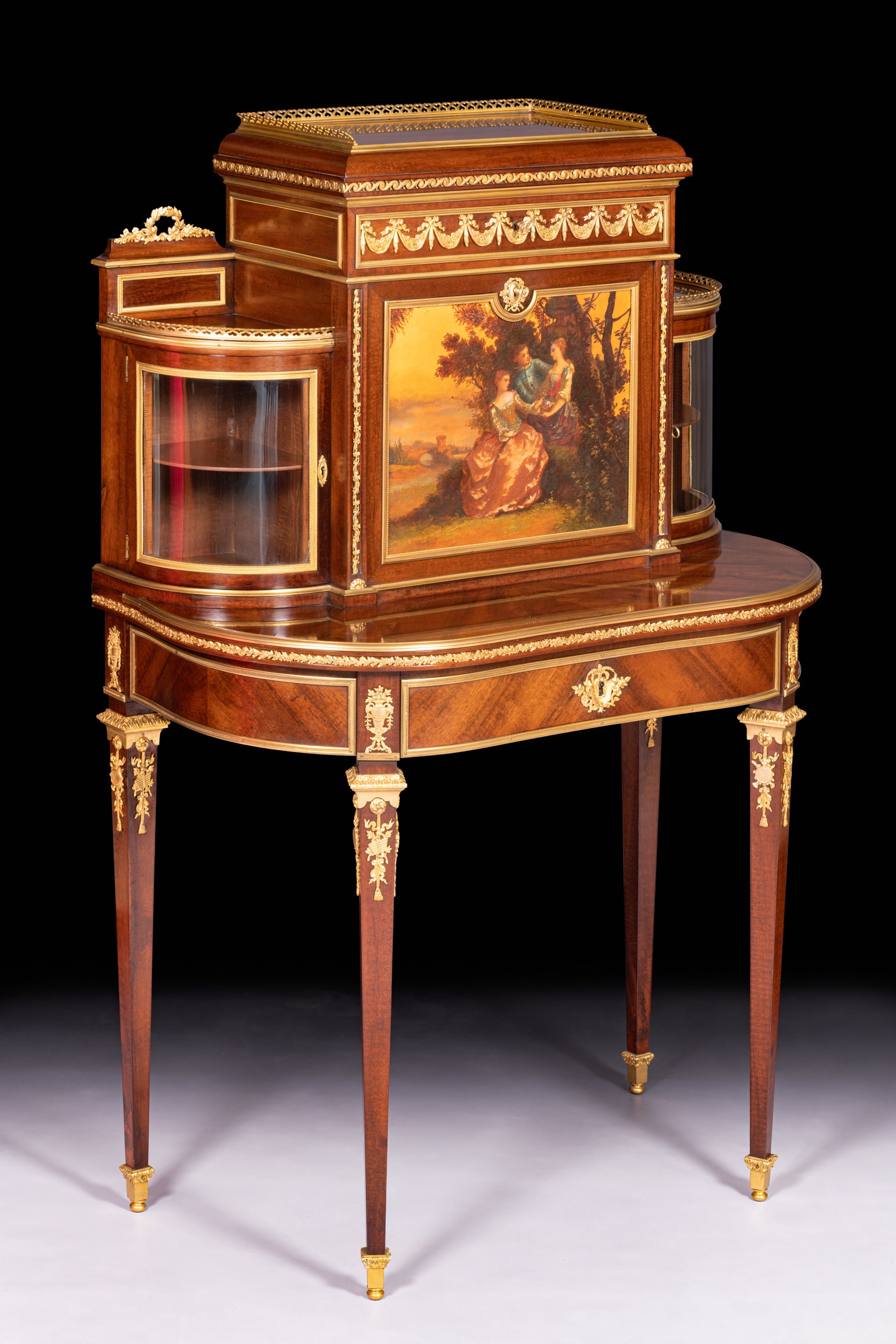
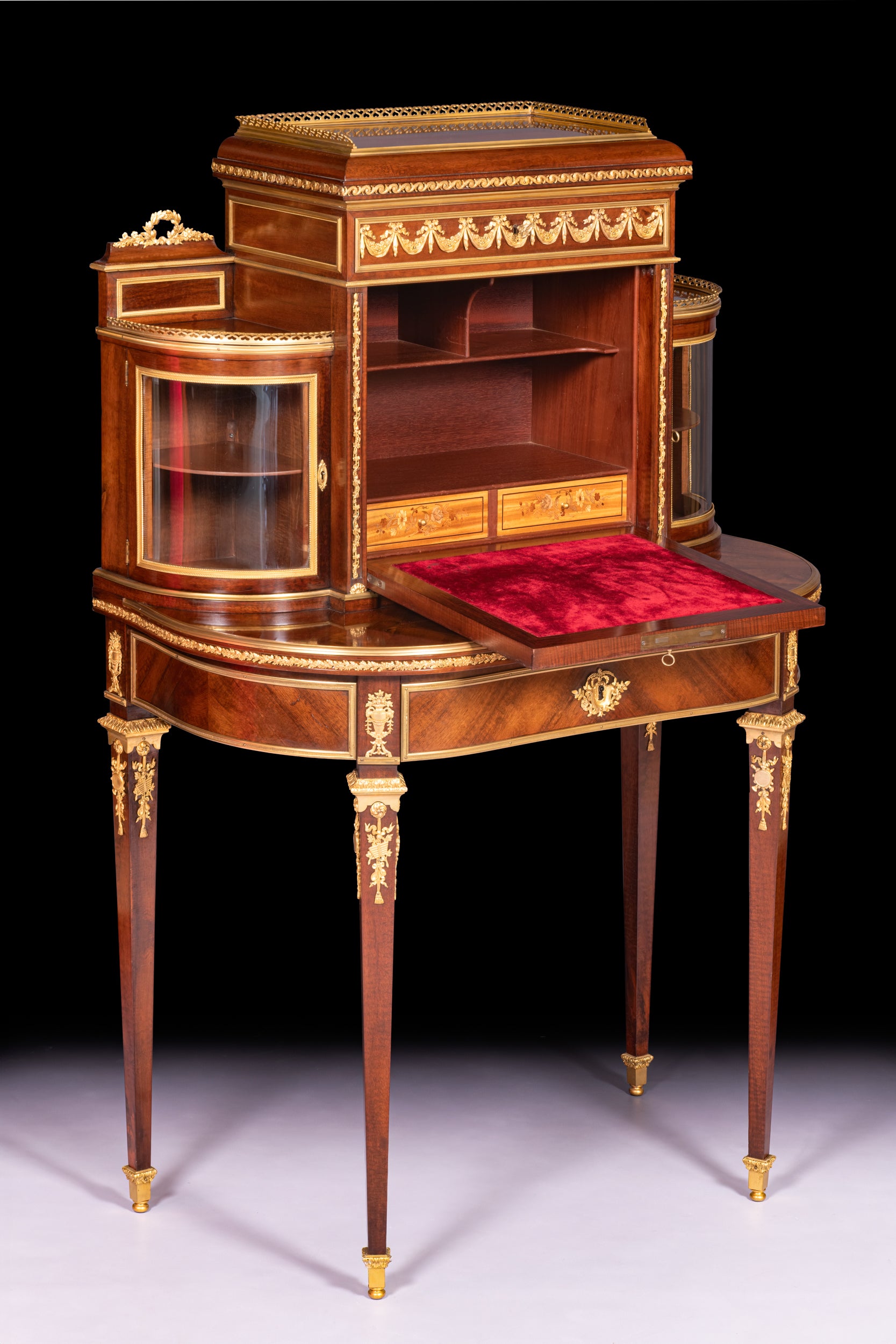
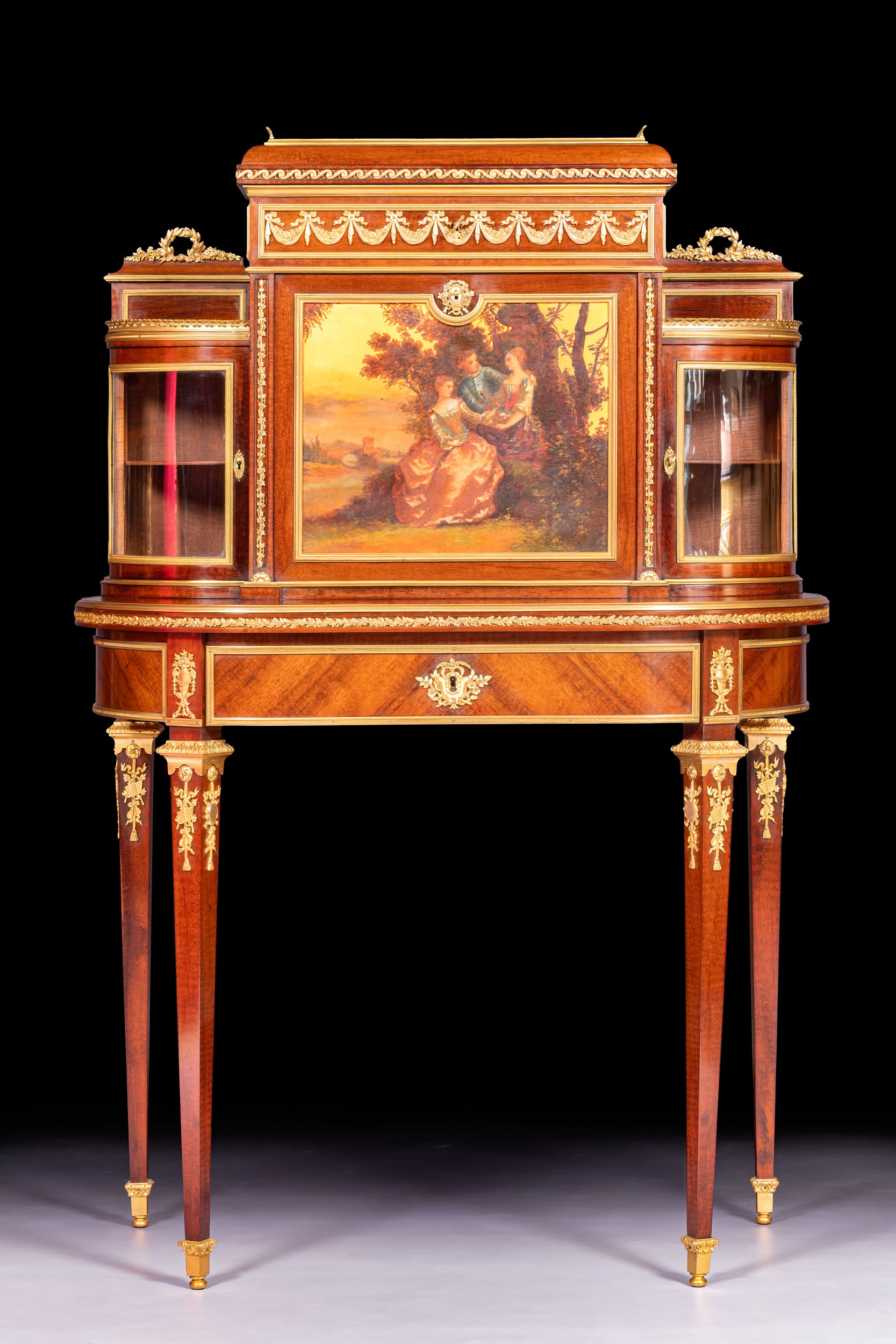
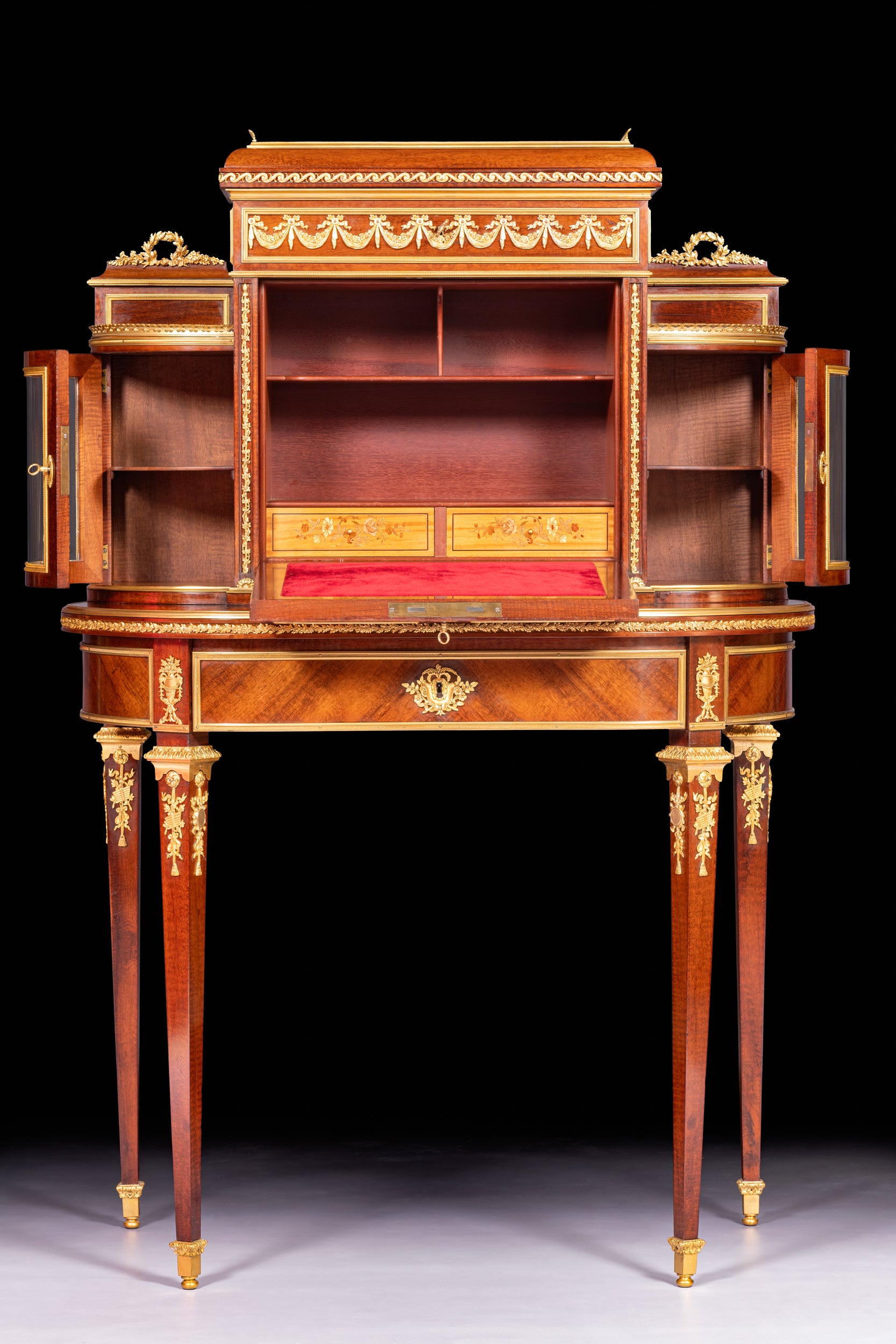

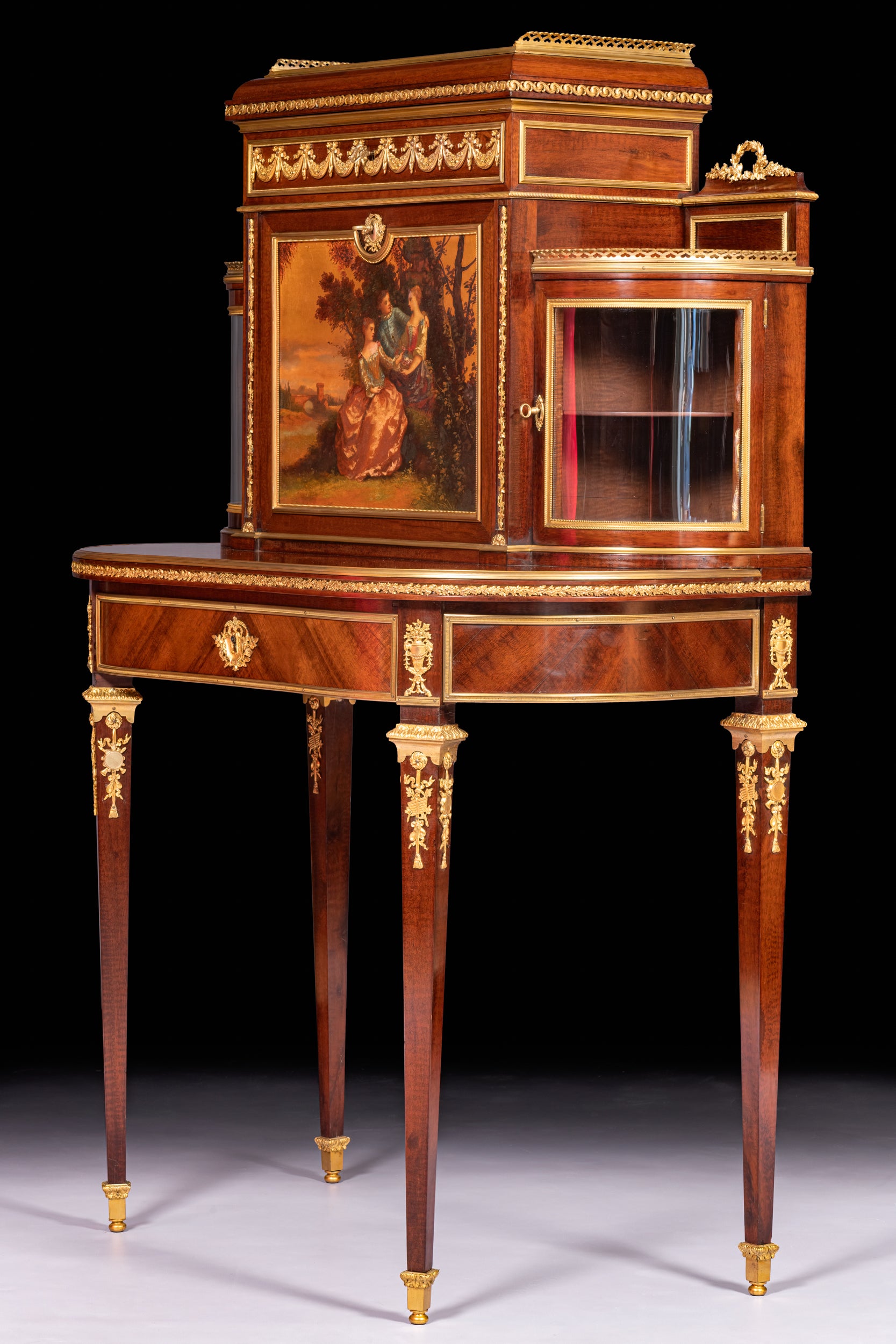
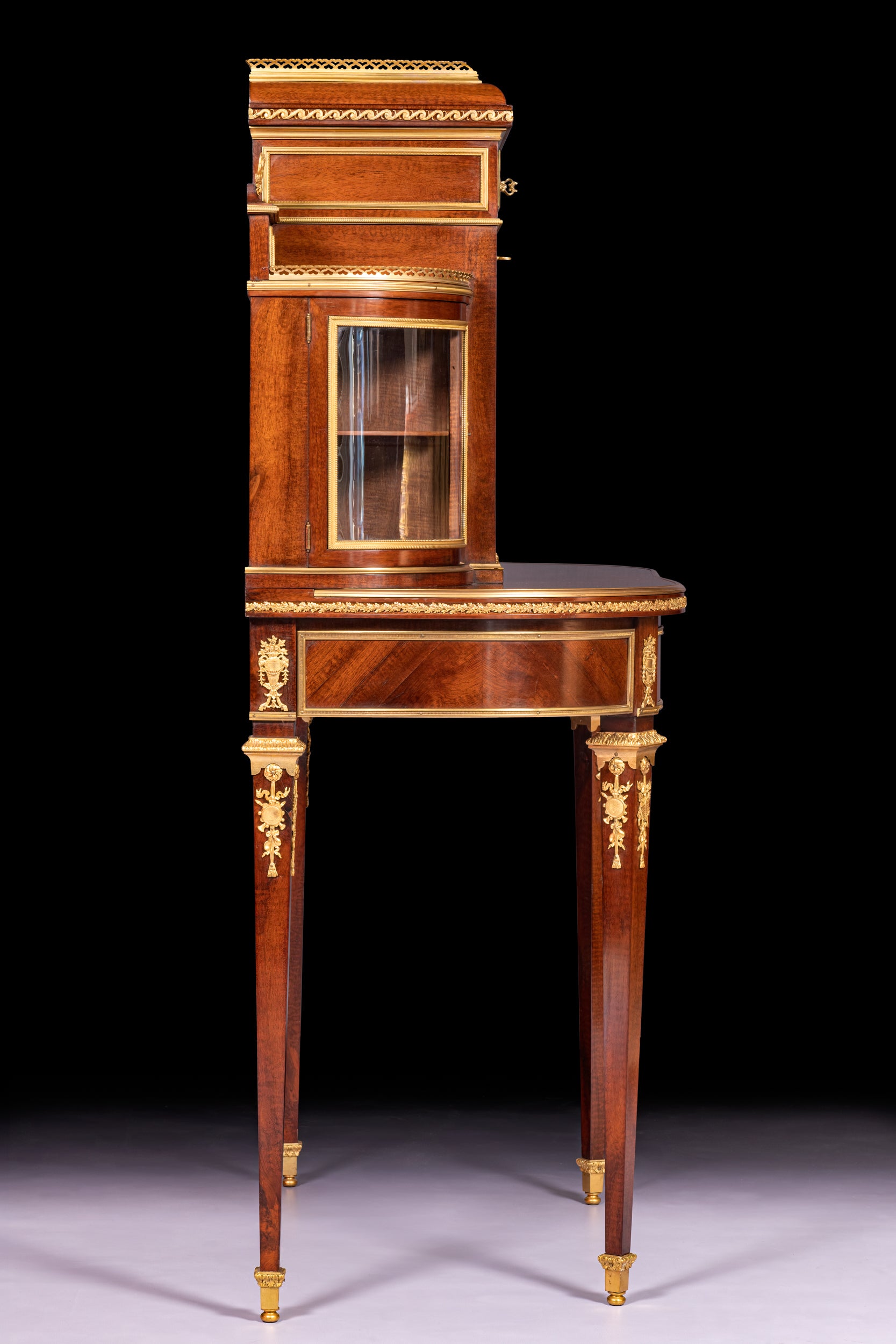
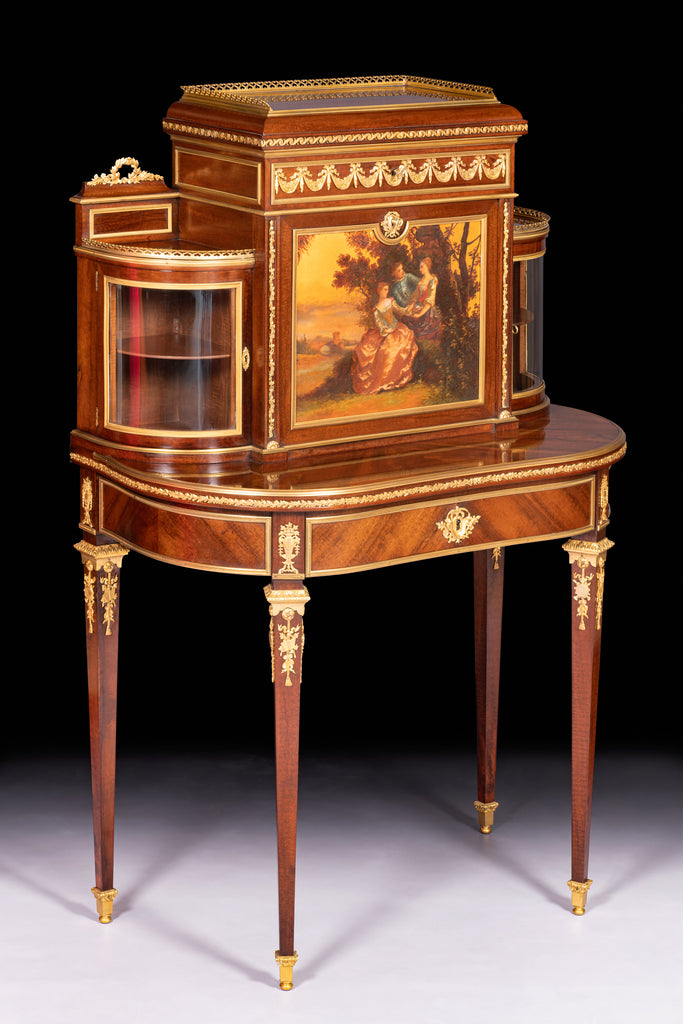

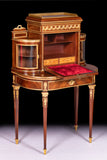
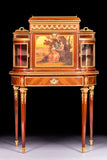



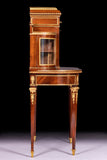

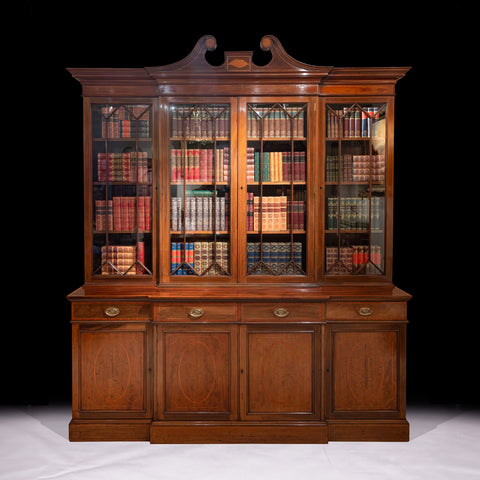
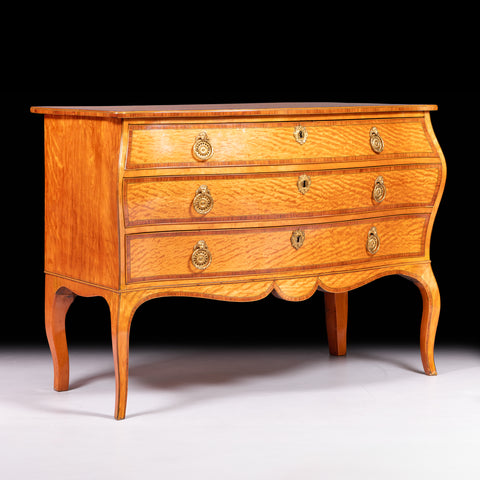



Connect